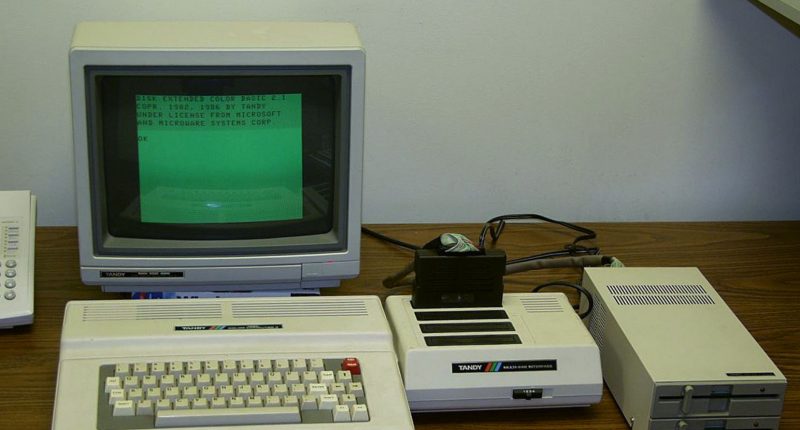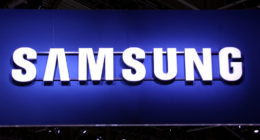The first quarter of the year shows that tides are turning. While we are still reeling from the pandemic, 2020 was when the pandemic had risen to its full height and showed its fangs. That brought about numerous restrictions in China (from where the virus originated), which affected the shipments of PCs (and tablets as well) across the world. The first quarter of this year, however, witnessed an astounding year-on-year growth of 72% in PC shipments, especially in India, as it reached over 4 million units, driven by an unprecedented rise in Notebooks, whose shipments grew by 119% from Q1 2020, according to a report by research firm Canalys.
Segment-wise, PC shipments included around 5,17,000 desktops (a fall of 6%), over 2.5 million notebooks, around 9,30,000 tablets (one of the most profitable quarters for Tablets since 2016 with a year-on-year growth of 52%), and around 43,000 workstations. Because the pandemic necessitated the requirement of having smartphones, laptops, tablets, or desktops for online classes and working from home, this seems reasonable.
It was the second wave of the pandemic which impacted people and their livelihoods harder, paralyzing the entire channel of PCs, and fulfilling orders and meeting the rising demand with supply had become the key issue once again. According to Canalys Research Analyst Ashweej Aithal, channel partners who were unable to go online (another side effect of the pandemic) witnessed a large portion of their business fall. “In addition, OEMs (Original Equipment Manufacturers) prioritizing fast-moving markets, such as the US and Western Europe, and diverting the bulk of their inventory to these markets, has further aggravated the situation. For most of this year and next, India will suffer from supply issues,” Aithal said.
Players like Nokia and Vaio (a former part of Sony) entered the game to deal with the unprecedented surge for PCs. Q1 2021 also witnessed the growth of “gaming-capable” machines by almost 65%.
Let us see who were the top five players in the game, and how they fared:
1. HP
Lenovo was demoted to second place as California-based HP took the top place after its shipments recorded year-over-year growth of 102% in the first quarter of the year. Constraints eased as India secured better supplies, especially in notebooks, where shipments grew by 121%.
2. Lenovo
Being pushed down by one place in the ranks by HP, Lenovo grew by 63% year-over-year in Q1 2021. It has not competed over government tenders and is currently focused on scaling up its “Make in India” initiatives, mostly around tablets.
3. Dell
Dell recorded the slowest growth among the top 5, its shipment values being maintained by its popularity among enterprises and commercial-end users.
4. Samsung
Surprisingly, Samsung did not come in the top three, bagging fourth place with its tablets, which was boosted by government expenditure on the accelerated digitalization of services and functions, as well as procurement for enabling digital learning in public schools and institutions after the pandemic necessitated the closing of such institutions.
5. Apple
The Cupertino, California-based tech giant, having a strong Q1 2021, came at number five with 208 thousand units in shipments, with its notebooks and tablets recording their best-ever quarter in the country.
The Canalys report also mentioned that India was on its way to becoming a major manufacturing hub for PCs, fuelled by the government’s plan to extend its Production-Linked Incentive scheme for smartphone manufacturing to the PC industry. The scheme is designed to target overseas players that invest ₹500 crores (US$69 million) over a period of four years in Indian manufacturing facilities for laptops, tablets, and servers to boost domestic exports and employment.





